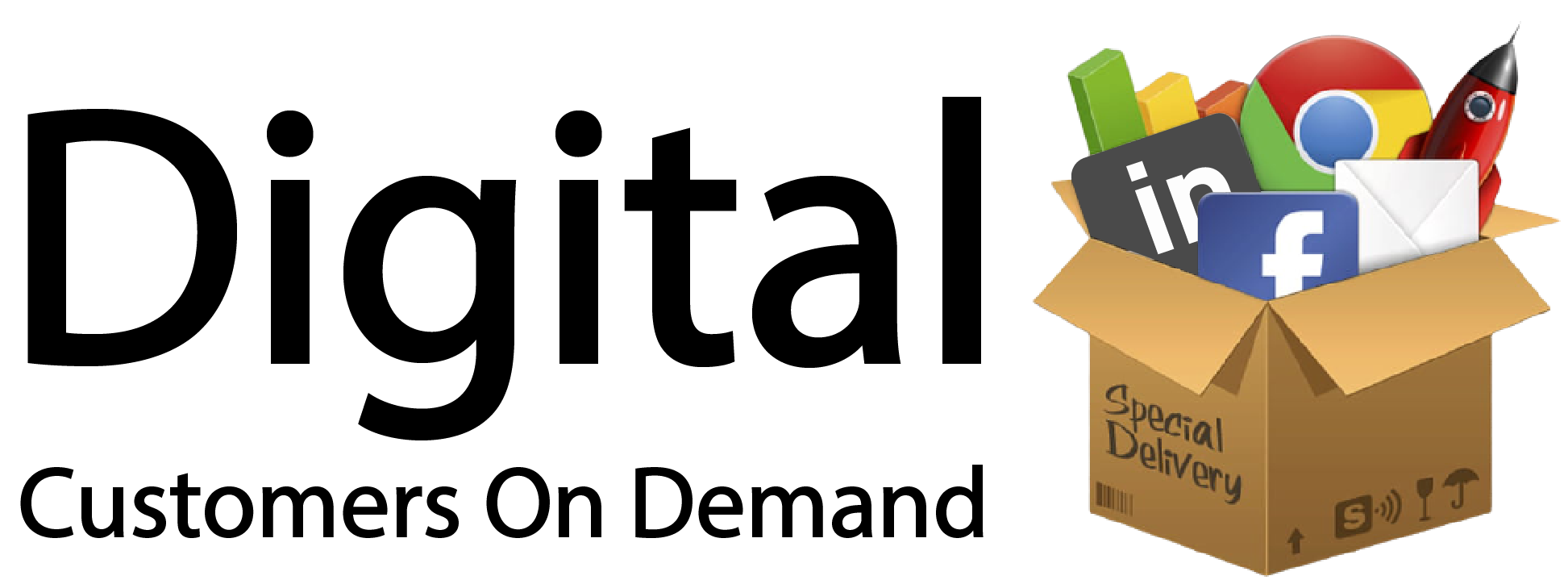Google Ads Strategy
Google Ads Strategy:
Our Google ads focus on accurate targeting for more business (of course). For that, we refine our targeting with relevant longtail and intent-based keywords with converting ad copy.
We’ll breakdown the Google Ads funnel we build in 3 stages:
- TOF (Top of Funnel): focuses on targeting cold audiences
- MOF (Middle of Funnel): focuses on warm audiences
- BOF (Bottom of Funnel): focused on “hot” audiences
Our campaigns will consists of the following where we see need:
- GDN (Google Display Network) campaigns (these target demographics, affinity (customer connection to the brand or similar brands), audience keywords, and more).
- Search campaigns targeting generic searches.
- Relevant in-market/in-audience segments.
- Dynamic search campaigns.
- Search campaigns targeting generic searches (searches matching phrases exactly or similarly to certain phrases/keywords).
- Search campaigns targeting branded keywords for competitors.
- Branded search campaigns (using keywords or phrases specific to your client).
We’ll be optimizing ads for conversions at each stage of the funnel (TOF, MOF, and BOF) looking to:
- Build new audiences to feed into the rest of the funnel and keep a consistent flow of traffic.
- Constant search of high ranking keywords
We typically disperse the budget like this:
- 50% at TOF (GDN campaigns, Search campaigns, Dynamic search campaigns).
- 30% at MOF (Retargeting).
- 20% at BOF (Retargeting/Branded search campaigns).
Here’s our process for setting up our strategies, we’d:
- Target our top competitor’s branded keywords.
- Target highly relevant keywords at low bid values.
- Create *similar audiences* of web visitors, page/video & website interactions, current clients, etc. to accurately get in front of our ideal audience(s).
- Use negative keywords to avoid using our ad spend on keywords with a low conversion rate.
- Target people visiting the website with RLSA (Retargeting Lists for Search Ads). When they search for relevant keywords on Google, we’ll bid for those keywords. These audiences typically have high conversion rates.
- Of course, use copywriting best practices to create interest for clicks.
- Once we start seeing conversions from campaigns, we’d scale up the better-performing ones and turn off the ones not delivering up to the mark.
Typical Audiences -
Our TOF can/will include some of the following for Display, Search, and Video Ads:
- Custom audiences
- Detailed Demographics
- Interests
- Affinity
- Similar Audiences
Our MOF can/will include a mix of multiple retargeting options including standard and dynamic retargeting, retargeting for mobile apps, search ads, videos, and email lists. Along with the following when we see fit:
- Site visitors
- Abandoned carts
- Site search users
- People who match past customers
- YouTube viewers
- People who visit landing pages
- People who visit product pages
Our BOF can/will include some of the following based on audience research, brand persona, and industry:
- Existing/past customers/clients (can be segmented by timelines like past 7 days, 14 days, 30 days, etc). These are for services with upsells or getting people to come back.
- Repeat purchasers
- Customers/Clients in purchase rewards system/program
Creatives -
We ideally want to use anything the client has. Videos are awesome and pictures are great too. We have a content team in-house, however, we focus on strategy and results so videos aren’t necessarily in our bag (yet) – we can create great pictures and creatives showing their services!
We typically test 4-5 quality images where some showcase services, some simple videos with highlights or lifestyle creatives. Testimonials/video reviews are also great creatives! We test out everything, including headlines, copy, ad descriptions, and CTAs (Call to Action).
We like to use copy that’s resonating and uses pain points/solutions for our ideal persona. We also like competitive advantages/value, reviews, or any content with persuasive potential.
- Sometimes we’ll play with the creatives the make the offer and text “blow up”
3 month plan -
Month 1 we focus on onboarding, setup, and launch. 2 weeks is the expected launch time. Leaving us with 2 weeks of testing (without delays). The return is minimal here given we’re getting things setup and likely kicked off from the ground. Things like budget, industry, product, audience, and the data that actually comes in, will depend on when we optimize and move winners to separate campaigns.
Month 2 we continue testing and we’ll turn off any campaigns and ads that aren’t working. We’ll try new things, what’s working we’ll put more budget behind and scale when we see something can sustain, usually after 5-7 weeks. We’ll set the goal to increase ROAS and aim to break even.
Month 3 we focus on scaling and optimizing ads to at least break-even and start seeing a roadmap to profitability. If we’re starting from scratch, profitability takes time. We’ll walk you through with weekly reports – sent out Fridays/Mondays epending on when you onboard, that analyze what we see, why we see it, and what we plan to do going into the next week.
